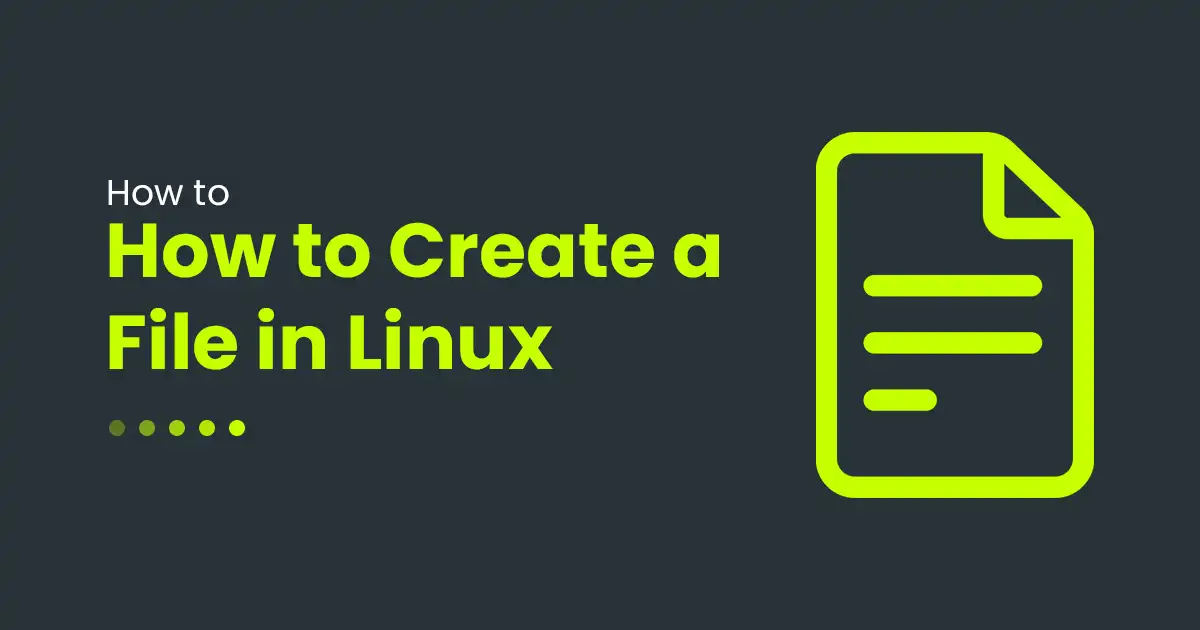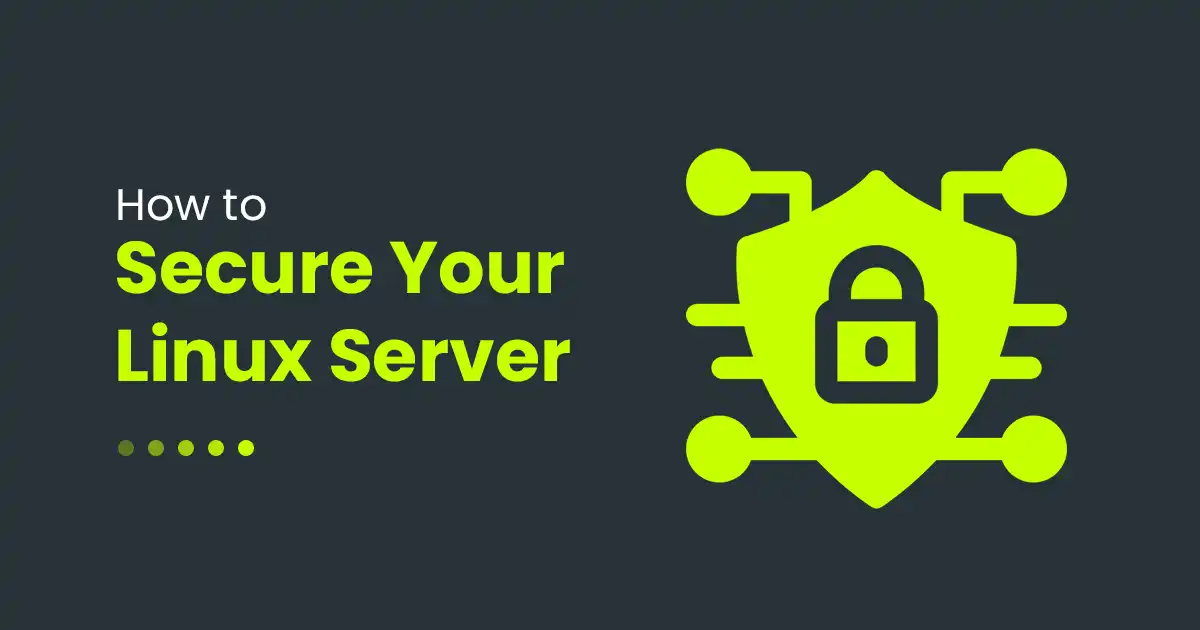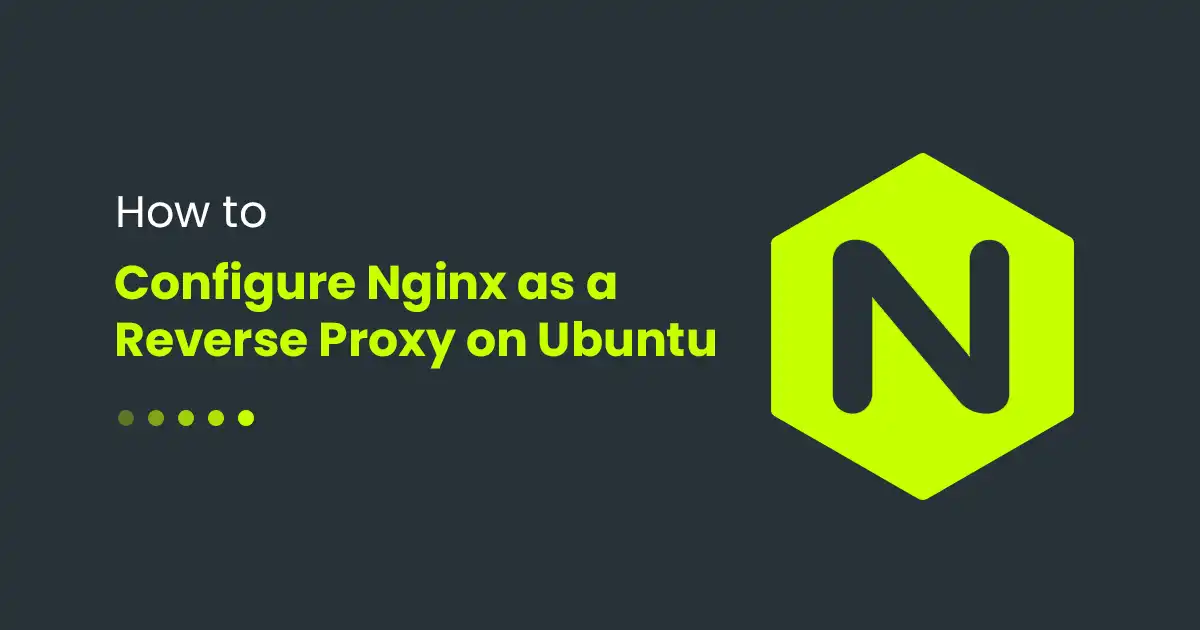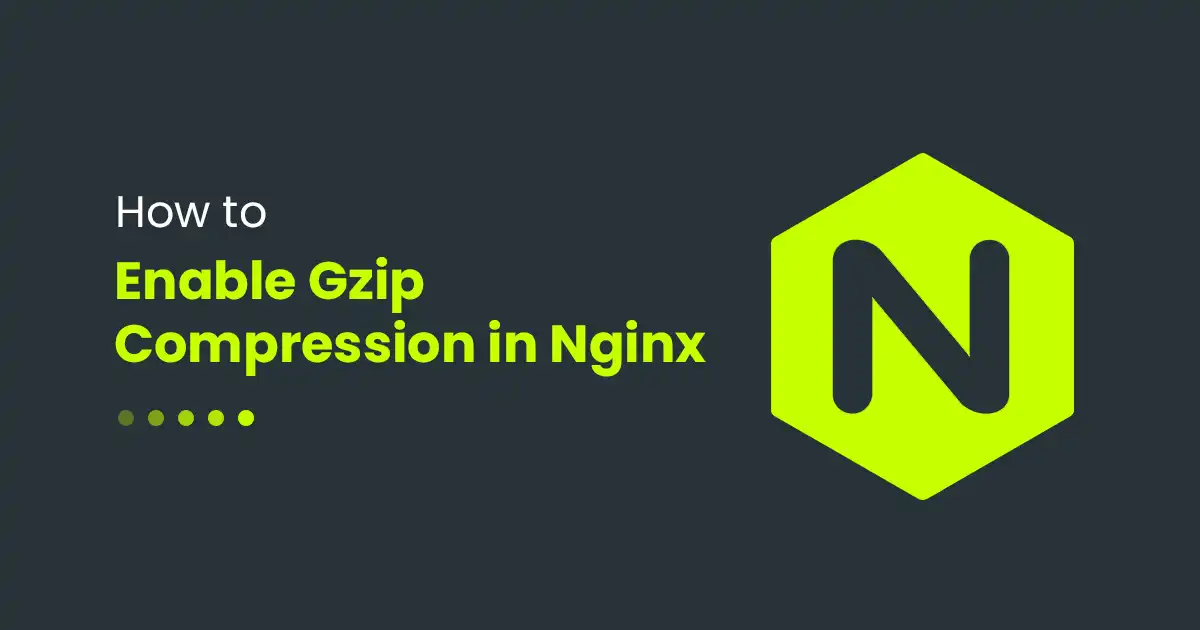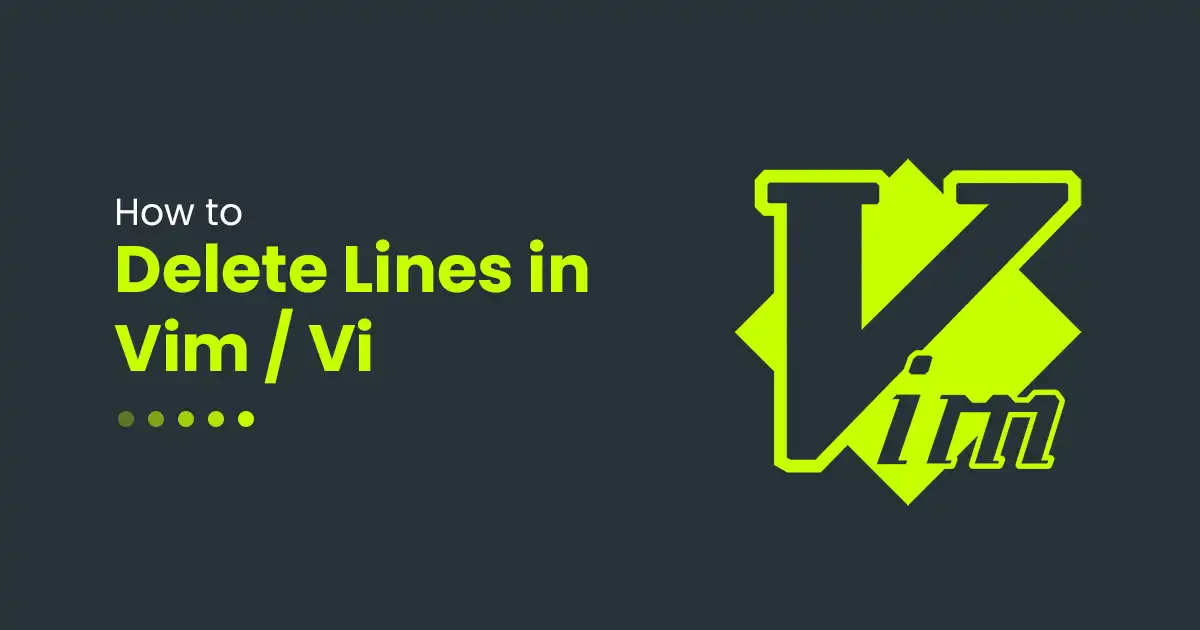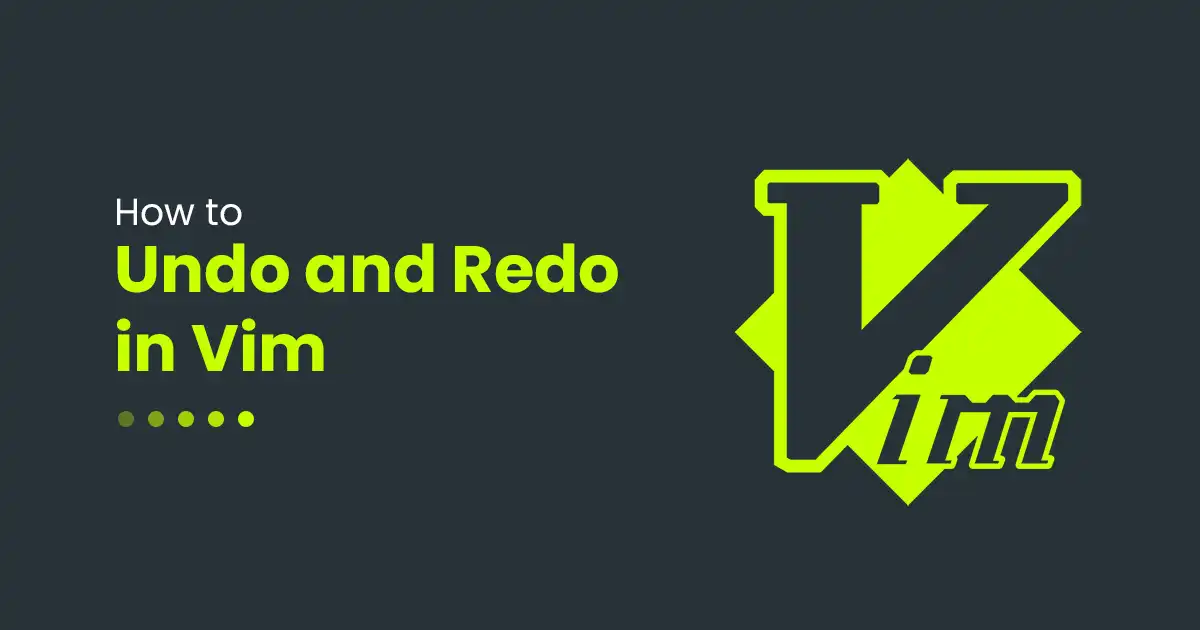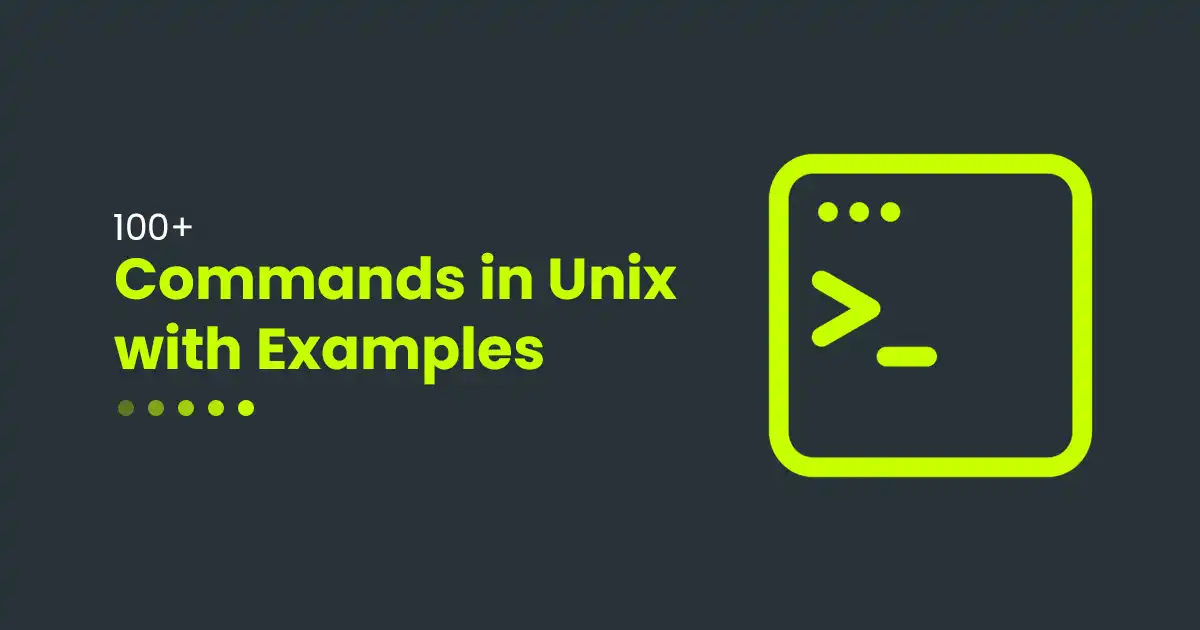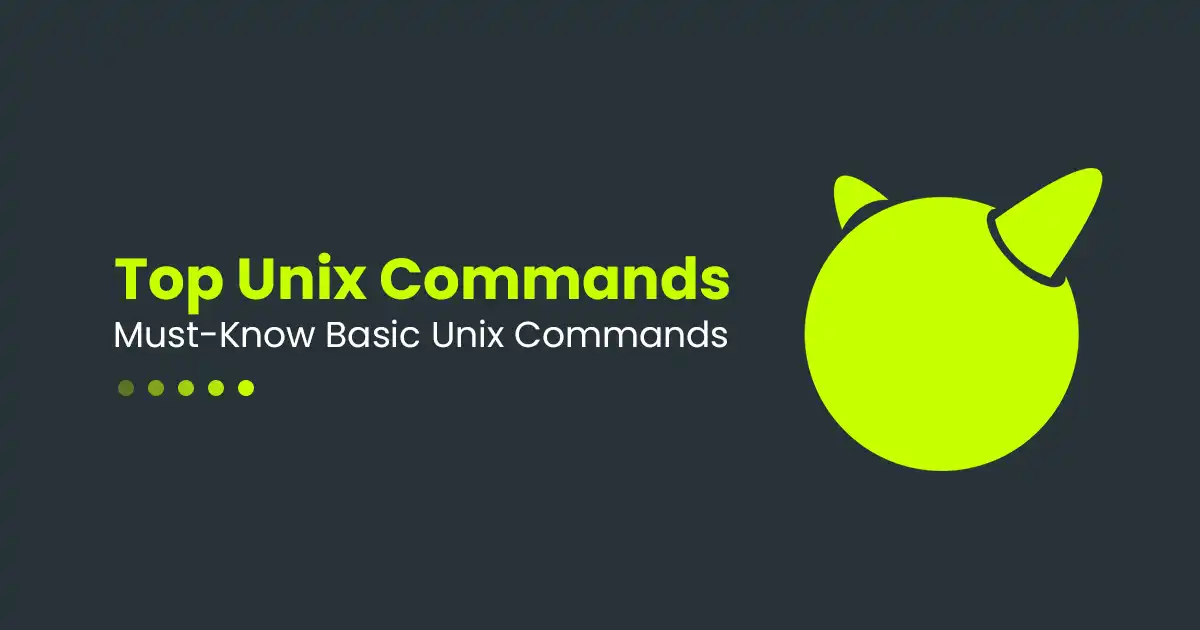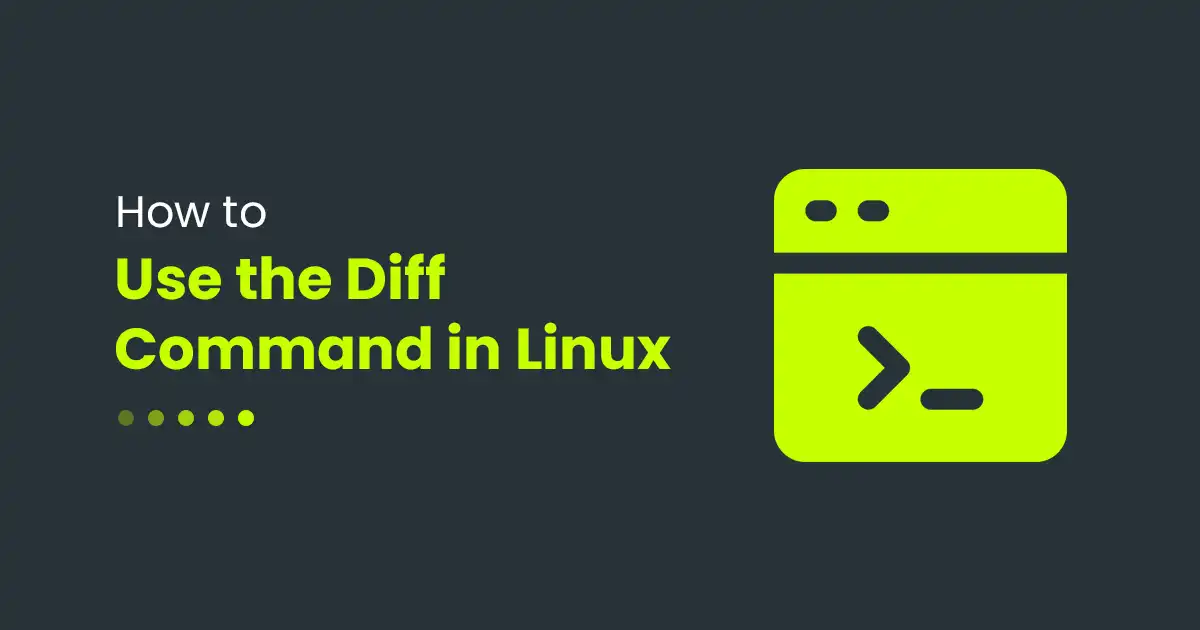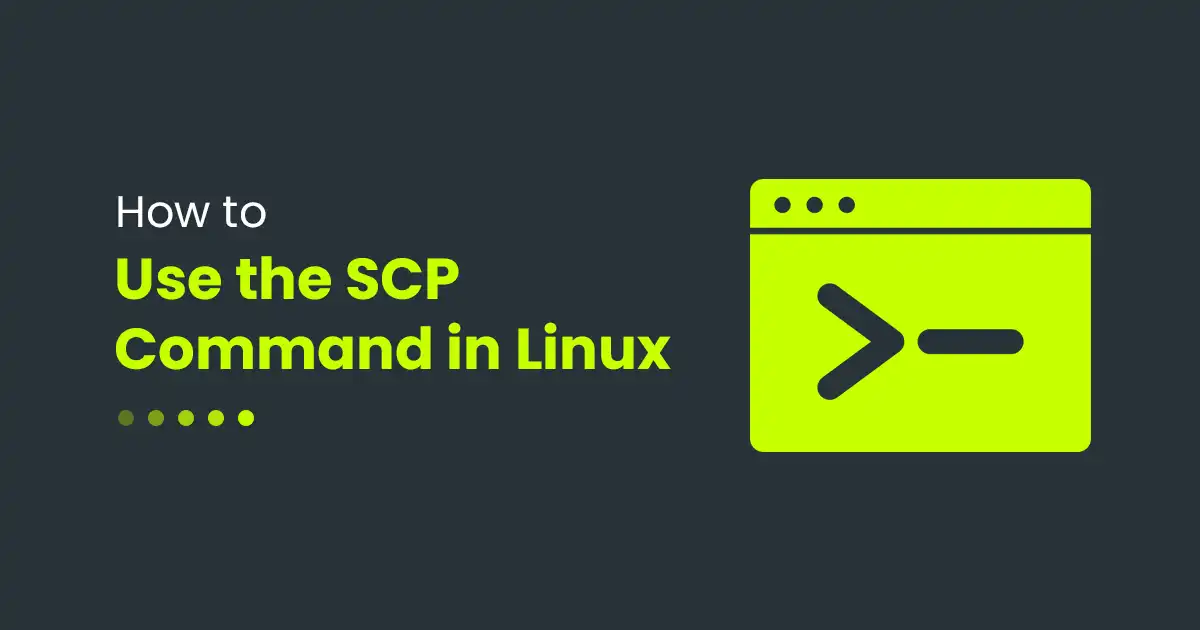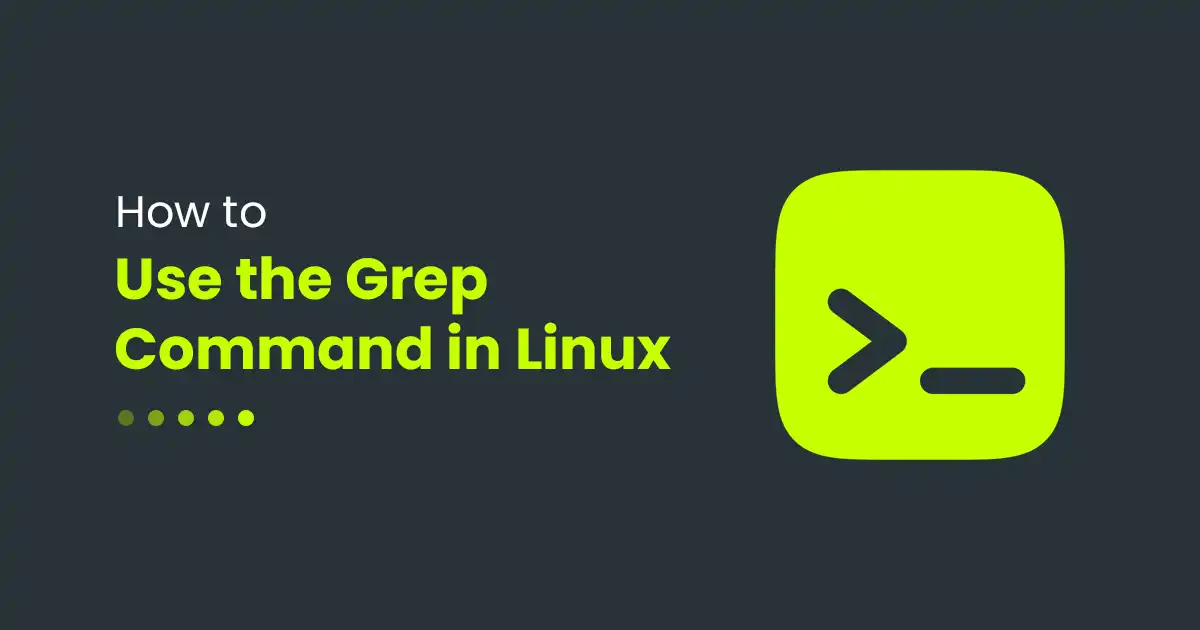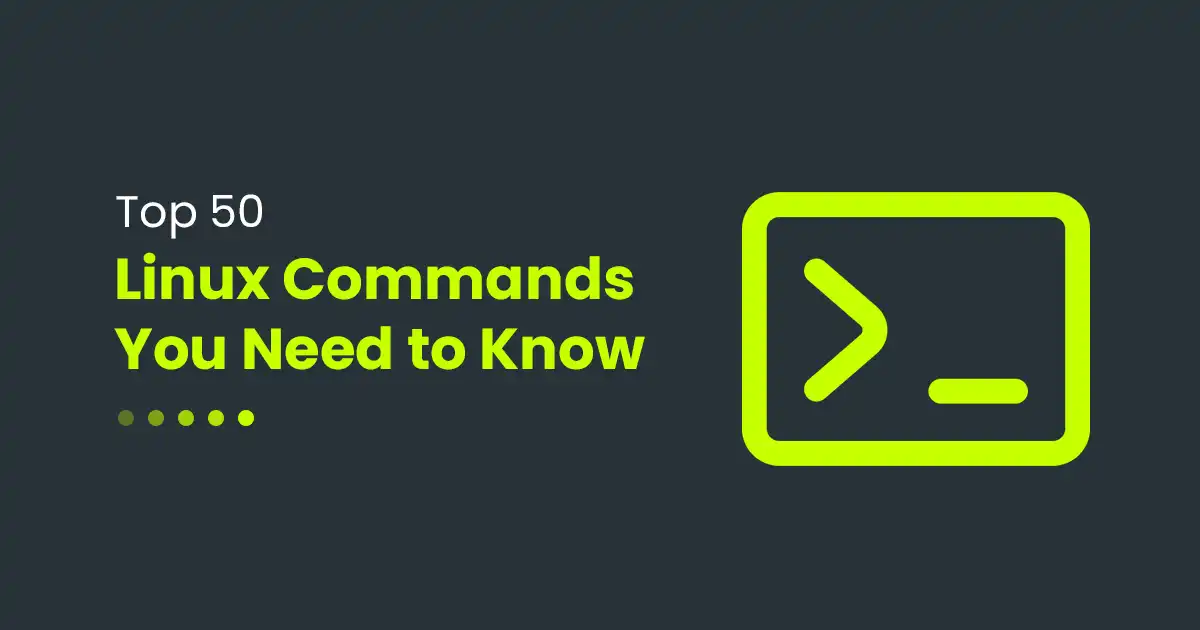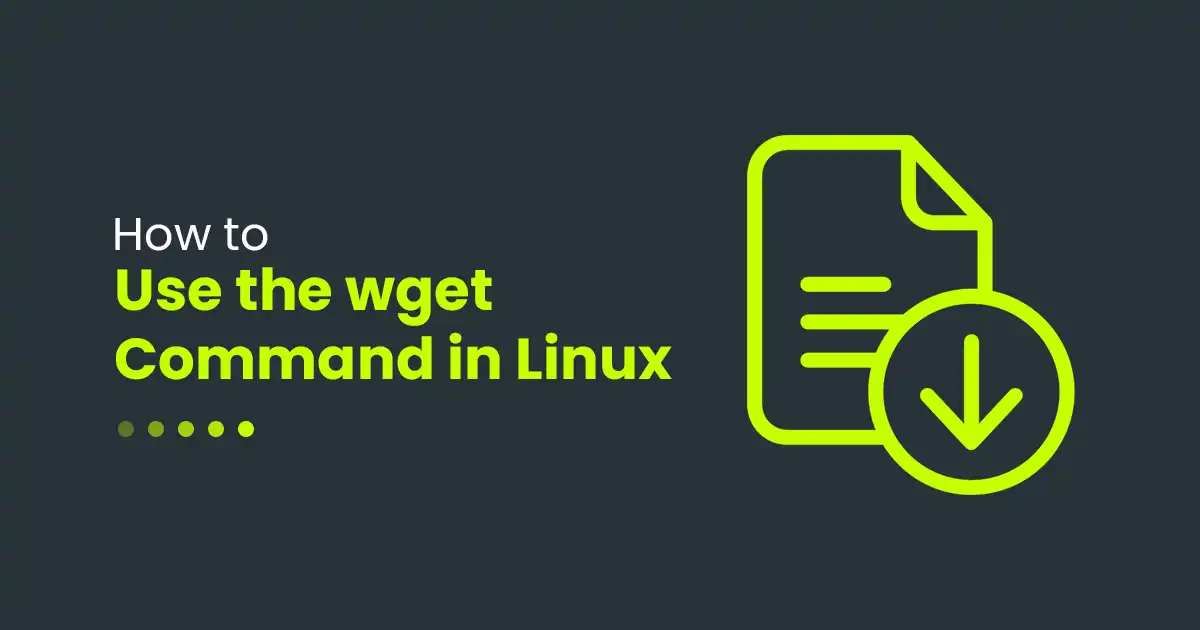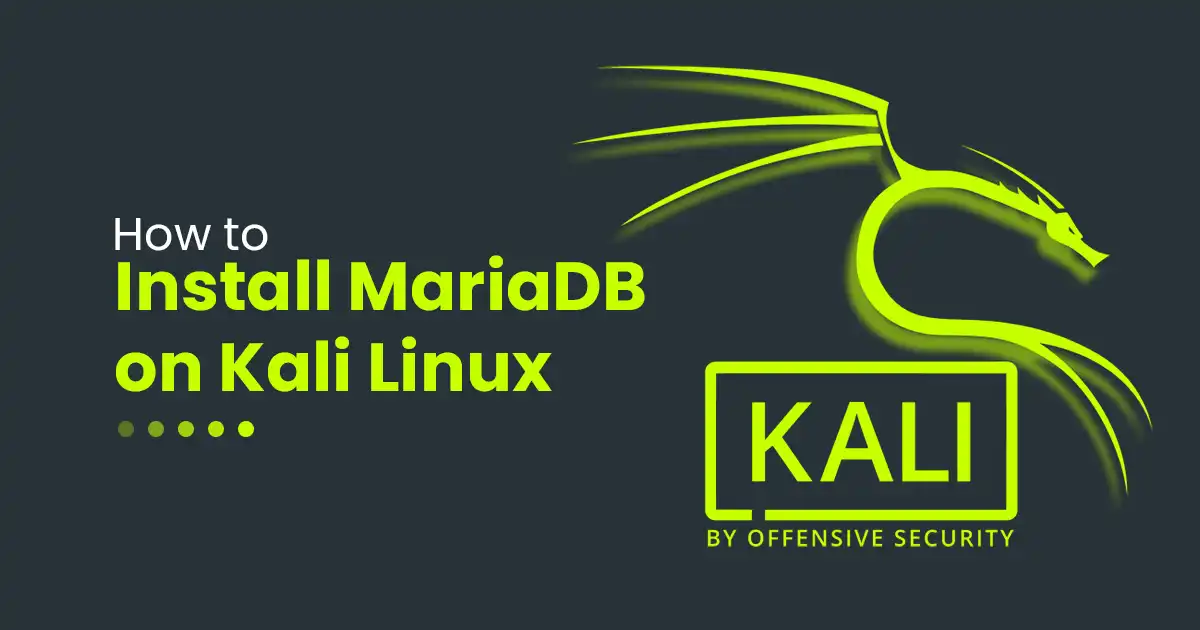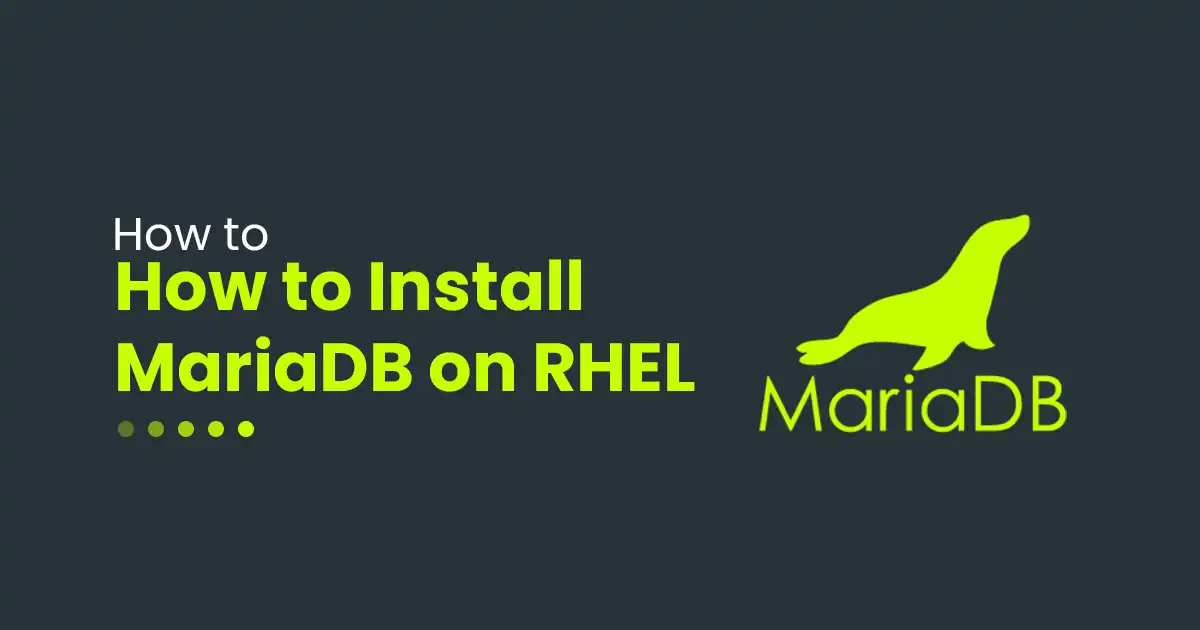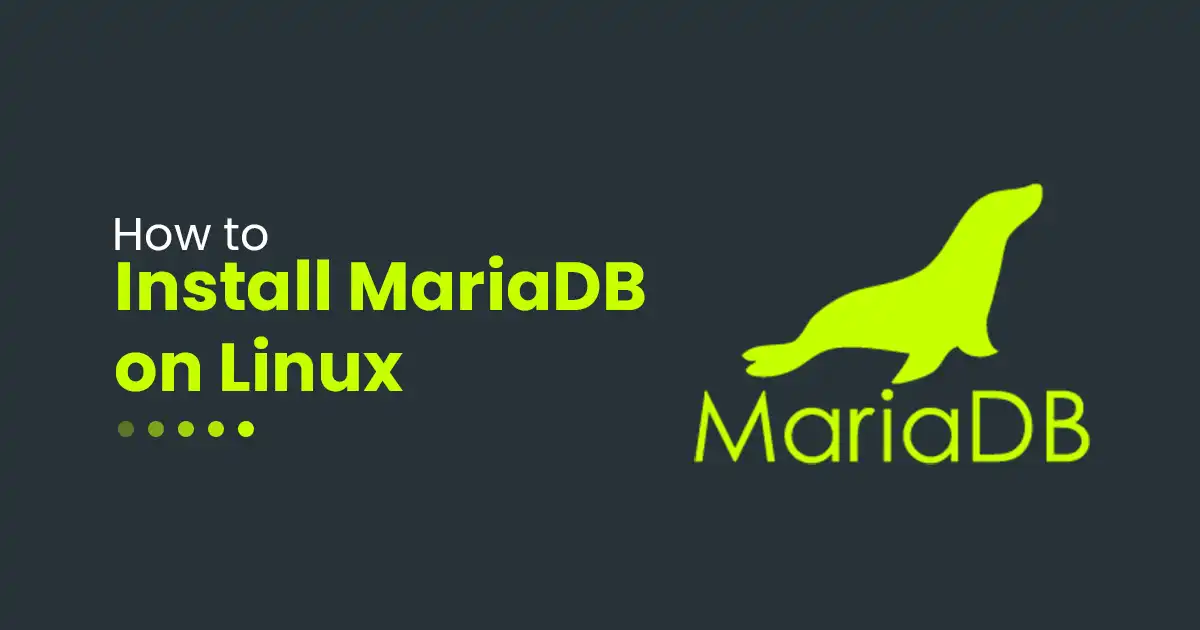Learn Linux in a Nutshell!
Linux Nutshell — One Command at a Time!
Explore Linux Nutshell for expert guides, tips, and tutorials on Linux, open-source tools, cybersecurity, and system administration. Stay ahead!
Linux Unplugged: Breaking News, Deep Dives & Future Trends
Explore the latest in Linux with breaking news, in-depth articles, and upcoming events. Stay ahead with expert insights, community highlights, and essential updates from the world of open-source technology.
How to Install the PHP Intl Extension on Linux: 3 Easy Steps
The PHP Intl extension is a powerful tool that provides internationalization (i18n) and localization (l10n) capabilities to PHP applications. It is a wrapper …
How to Create a File in Linux: 5 Easy Ways
Linux, renowned for its robustness and flexibility, is a favorite among developers, system administrators, and tech enthusiasts. Whether you’re new to …
How to Secure Your Linux Server – 7 Simple Steps
Linux servers are widely known for their stability, flexibility, and security. However, no system is completely invulnerable, and securing your server is …
How to Configure Nginx as a Reverse Proxy on Ubuntu: 4 Easy Steps
In today’s digital landscape, exposing application servers directly to the internet can be risky. Whether you’re running a Node.js app, a Flask server, or any …
How to Make Nginx Listen on Multiple Ports: 10+ Effective Advanced Techniques
Nginx is one of the most popular web servers in the world, known for its high performance, stability, and flexibility. Whether you’re hosting a simple …
How to Enable Gzip Compression in Apache: 3 Easy Steps
How to enable Gzip compression in Apache for faster website performance? If you want to improve the loading time of your web page, compression and caching are …
How to Enable Gzip Compression in Nginx: 3 Easy Steps
Improved Introduction (with Keyword Inclusion) How to enable Gzip compression in Nginx? A fast-loading website significantly improves user experience and …
How to Delete Lines in Vim / Vi: 5 Easy Ways
Vim is a powerful and versatile text editor that comes pre-installed on most Linux distributions and macOS. It is a favorite among developers, system …
How to Undo and Redo in Vim: 2 Easy Steps
Have you ever made a mistake while editing a file in Vim or Vi and wondered how to fix it? Accidental deletions, unintended edits, or even missteps in …
100+ Must-Know Commands in Unix with Examples
Unix is a powerful, multi-user, multi-tasking operating system that has been the foundation for many modern operating systems, including Linux and macOS. One of …
Top Unix Commands: 34 Must-Know Basic Unix Commands
Unix, a powerful and versatile operating system, has been a cornerstone of computing since its inception in the late 1960s. Known for its robustness, …
How to Use the Diff Command in Linux: 9 Easy Ways
The diff command in Linux is a powerful tool used to compare files and directories, highlighting their differences line by line. It is commonly used by …
How to Use the SCP Command in Linux: 11 Easy Ways
The scp (secure copy) command is a powerful tool in Linux and other Unix-like operating systems that allows for the secure transfer of files and directories …
How to Use the Grep Command in Linux: 15 Easy Ways
The grep command is one of the most powerful and frequently used commands in Linux. It stands for “Global Regular Expression Print,” and it is …
Top 50 Linux Commands You Need to Know
Linux is a powerful operating system that offers unmatched control and flexibility. Whether you’re a beginner or an experienced user, mastering essential …
How to Use the wget Command in Linux: 20 Easy Ways
The wget command is one of the most powerful and versatile tools available in Linux for downloading files from the internet. Whether you’re a system …
How to Install WordPress on CentOS 8: 7 Easy Steps
WordPress is one of the most popular content management systems (CMS) in the world, powering over 40% of all websites on the internet. Its flexibility, ease of …
How to Give Permission to User in Linux: 6 Easy Ways
Managing file and directory permissions is an essential task in Linux system administration. Permissions dictate who can read, write, or execute files and …
How to Install MariaDB on Kali Linux: 7 Easy Steps
MariaDB is a popular open-source relational database management system (RDBMS) that is widely used for managing and organizing data. It is a fork of MySQL and …
How to Install MariaDB on RHEL: 7 Easy Steps
MariaDB is a powerful, open-source relational database management system (RDBMS) that serves as a drop-in replacement for MySQL. It is widely used for its …
How to Install MariaDB on Linux: 4 Easy Steps
MariaDB is a popular open-source relational database management system (RDBMS) that is a fork of MySQL. It is widely used for its performance, scalability, and …

